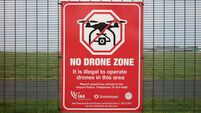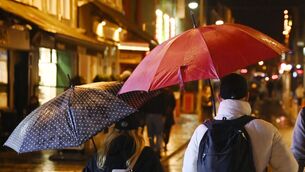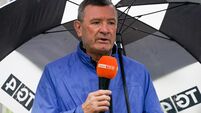European Court rules on NI human rights violations
European judges will rule today on whether the Government was guilty of violating the human rights of IRA members shot dead in Northern Ireland by British troops and the RUC.
The four shootings under investigation by the European Court were:













